Artistic expression is deeply ingrained in our biology and evolutionary development and is a crucial aspect of human existence. Breakthroughs in neuroaesthetics illustrate the transformative power of arts and aesthetics on neurobiology, impacting our physical and mental health, learning, and community building, writes Susan Magsamen and Ivy Ross.
E.O. Wilson, a Harvard evolutionary biologist, once beautifully made the case that the arts are essential to the survival of the human species. Beginning with our ancestors circling together around a fire at the end of the day, he explained that they created wholly new forms of community, coming together to tell stories, sing, and dance.
 SUGGESTED READING
The crisis of creativity
By Peter Carruthers
SUGGESTED READING
The crisis of creativity
By Peter Carruthers
Through these creative human expressions, morals and ethical values can be considered to have developed. There were celebrations and ceremonies, rituals, and traditions. Layers of meaning-making meant that a sense of belonging emerged between individuals, families and groups. It was through these repetitive creative acts, that humans forged strong social bonds, created trusting relationships and a collective feeling of transcendence emerged.
There are still over 5,000 indigenous tribes on the planet, many of whom don’t have a word for art because it is simply entrenched in how they live. And regardless of where we are around the globe, humanity still holds the lasting desire and core need to gather and commune together, sharing our voices in what we now describe, in our modern world, as artistic expression.
The arts and aesthetic experiences, in all their forms, have been used for many purposes – including self-expression, communication, collaboration, reflection, learning, healing and flourishing. In these moments of connection, something else happened as well. Our physiology and biology changed. Cortisol was reduced and dopamine, serotonin and oxytocin were increased. These powerful hormones and neurotransmitters are the brain chemicals that enable our bodies to reduce stress, feel a sense of reward and happiness and create strong social bonds.
___
You can’t process all of the sensory stimuli that you are exposed to everyday, but the most salient information that enters your body has an unlimited capacity to change your biology and behavior.
___
Over the last 25 years, technology has enabled us to non-invasively get inside our head, and researchers are catching up with what we have, in a sense, always known: we are hard-wired for artistic expression, both biologically and evolutionarily. It is a quintessential element of the human condition – and essential for humanity's ability to thrive.
We let the world in through our senses and knowing how these senses work is key to understanding the transformative power of the arts and aesthetics. Smell, taste, vision, hearing and touch produce biological reactions of staggering speeds, integrating millions of sensory signals.
The foods you eat trigger 10,000 taste buds; when you hear music, sound waves cause your eardrum to vibrate and trigger thousands of small hair cells that each fire signals to your brain; you have over four million nerve endings in your skin; and over a lifetime, you will process over twenty-four million visual images, to name just a few extraordinary sensorial facts.
You can’t process all the sensory stimuli that you are exposed to every day, but the most salient information that enters your body has an unlimited capacity to change your biology and behavior. Your brain pays attention to what is important to you either because it is practical or emotionally relevant. This process is possible in part to an area of the brain researchers are now calling the salience network.







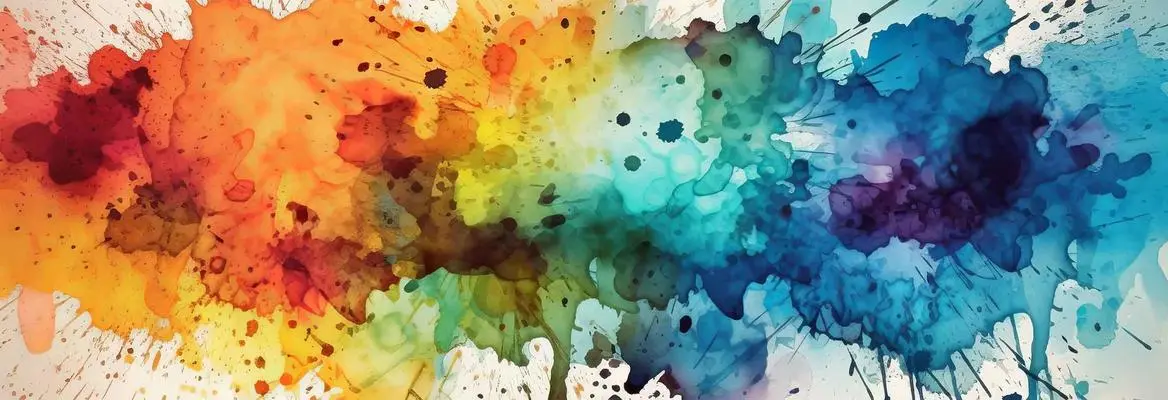



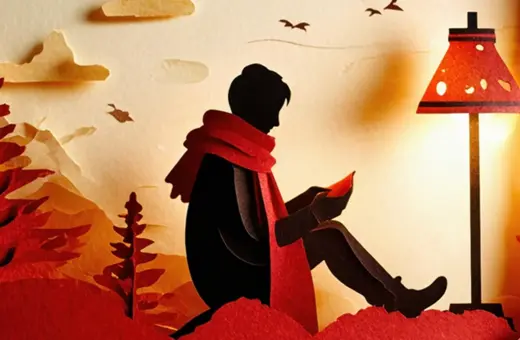
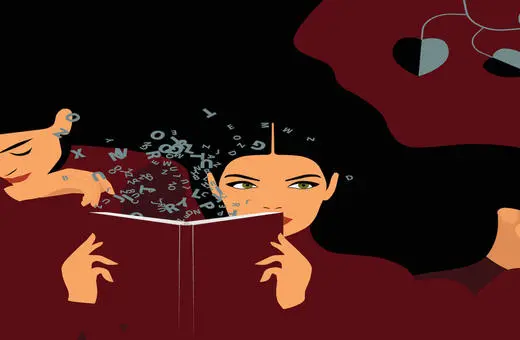


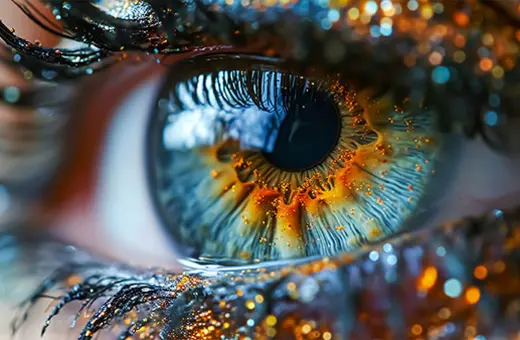
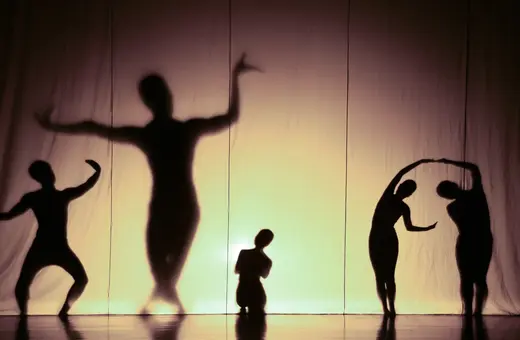
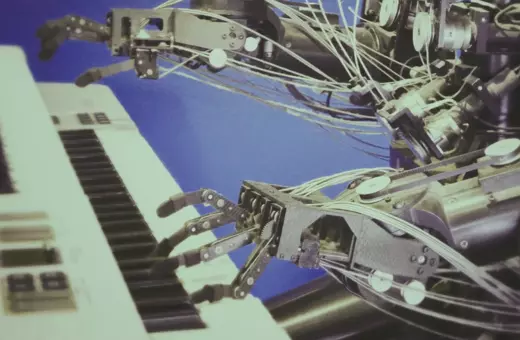
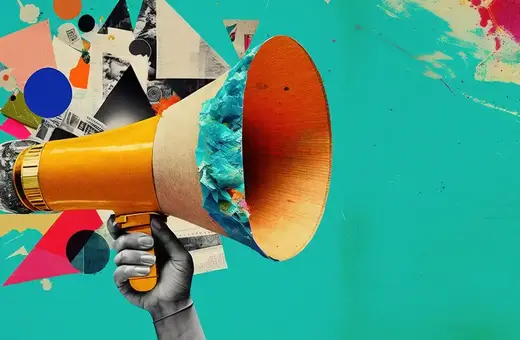
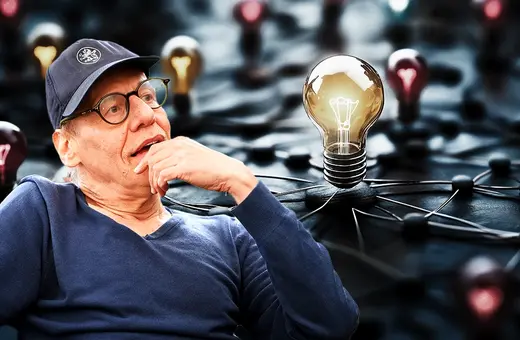


Join the conversation